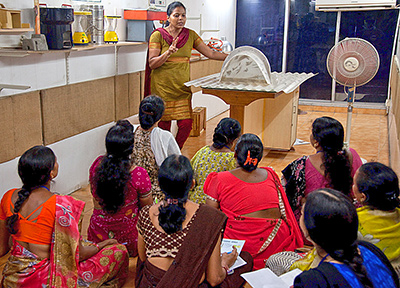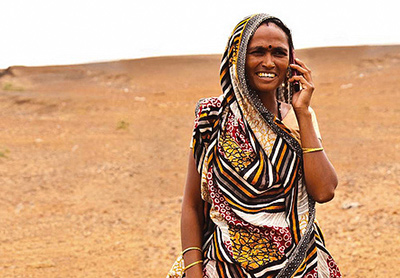Budget 2016: To really transform India, focus on women first
Date:
Author: Rebecca Reichmann Tavares & Yamini Mishra
New Delhi, India – Addressing gender inequality is essential to implement the finance minister's Budget agenda of 'Transform India'. Markers like allocations for women's ministries and Gender Budget Statement (GBS) can help assess the gender responsiveness of this Budget.

While allocations to National Mission for Empowerment of Women have doubled to Rs 50 crore, the increase is nominal for ministry of women and child development and National Commission for Women. The GBS shows how ministries prioritise gender concerns, but its magnitude has remained unchanged at 4.5% of the Budget while the number of ministries and departments reporting in the GBS has reduced from 34 to 31 this year.
Critical issues faced by women, such as violence, need to be reflected in budgetary priorities. Allocations for schemes to combat trafficking, and empowering adolescent girls have increased. However, the scheme meant for implementation of the Domestic Violence Act has not received any allocation.

Women's declining participation in the labour market is another area of concern. Cuts in social sector spending disproportionately affect women by increasing their care work. For instance, allocations to core Integrated Child Development Services and Indira Gandhi Matritva Sahyog Yojana (IGMSY) have declined marginally since last year.
In 2013, cash incentives provided under IGMSY were increased from Rs 4,000 to Rs 6,000 to comply with the minimum maternity entitlement provision of the National Food Security Act (NFSA), 2013. Given the need for maternity entitlements to be universal, the current fund allocation (Rs 400 crore) will be insufficient for implementing the scheme in all districts. The current proposal is to implement it in 200 pilot districts.

Also, MNREGA has proved to be an important employer of women with 55% of all workers being women. While its budget has increased to Rs 38,500 crore, the amount might be insufficient as the Centre owes Rs 5,595 crore to states.
Concerted efforts are needed to ensure that planning, budgeting and auditing processes contribute to gender equality. A good example comes from MP where the government has issued policy directives to include gender issues in the annual administrative reports of all departments, ensure representation of the women and child development department in the approval committee for new programmes and set up gender budget cells in all departments. AP and Odisha have also committed to creating institutional mechanisms.
About the authors
Rebecca Tavares is the representative, UN Women Multi-Country Office for India, Bhutan, Maldives and Sri Lanka. Yamini Mishra is a gender-responsive budget specialist for Asia-Pacific, UN Women
This story is being published on The Times of India also. View Online | Archived
For more information:
Please contact: Rineeta Naik
UN Women Communications Analyst
Email: [ Click to reveal ]